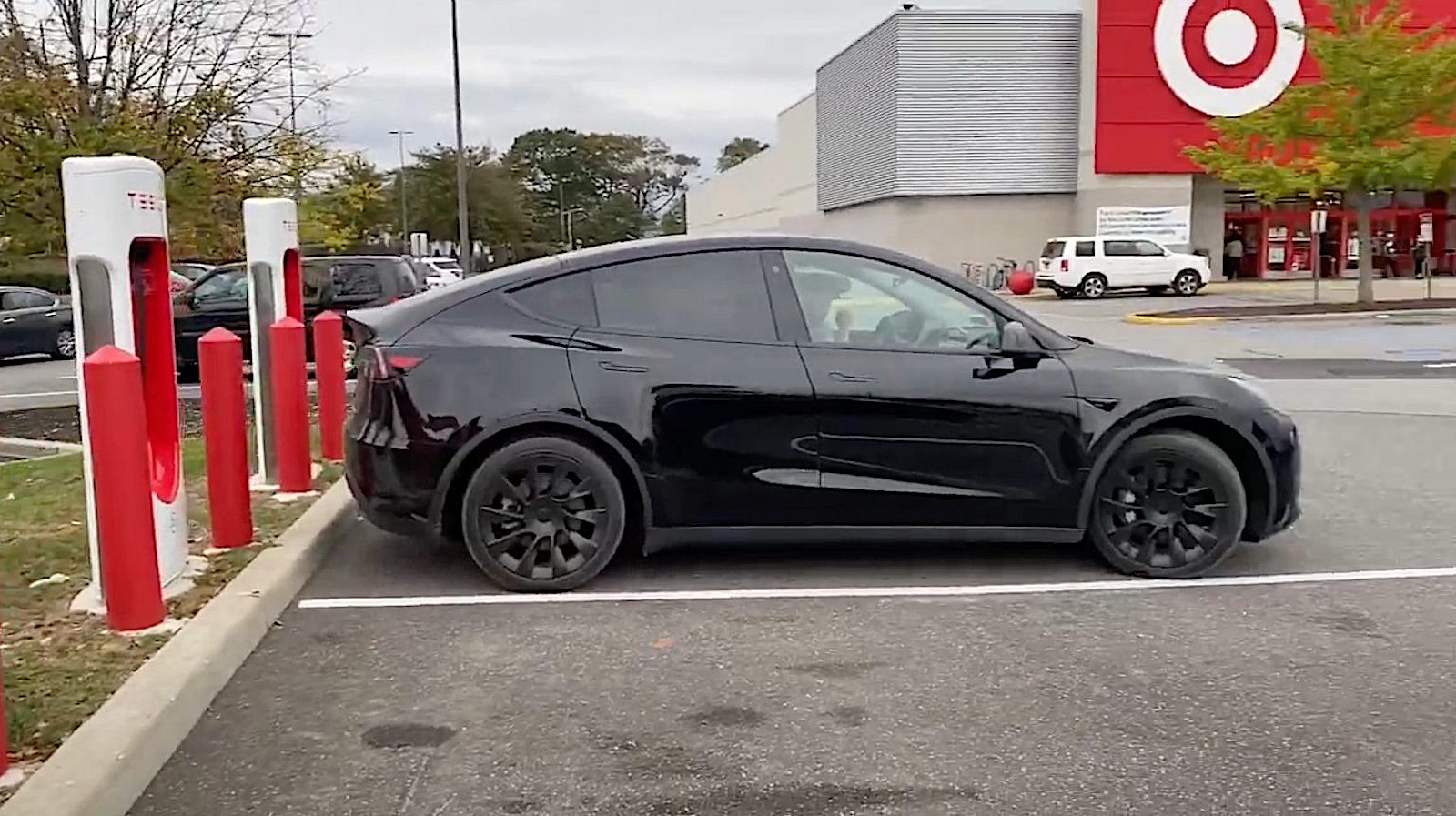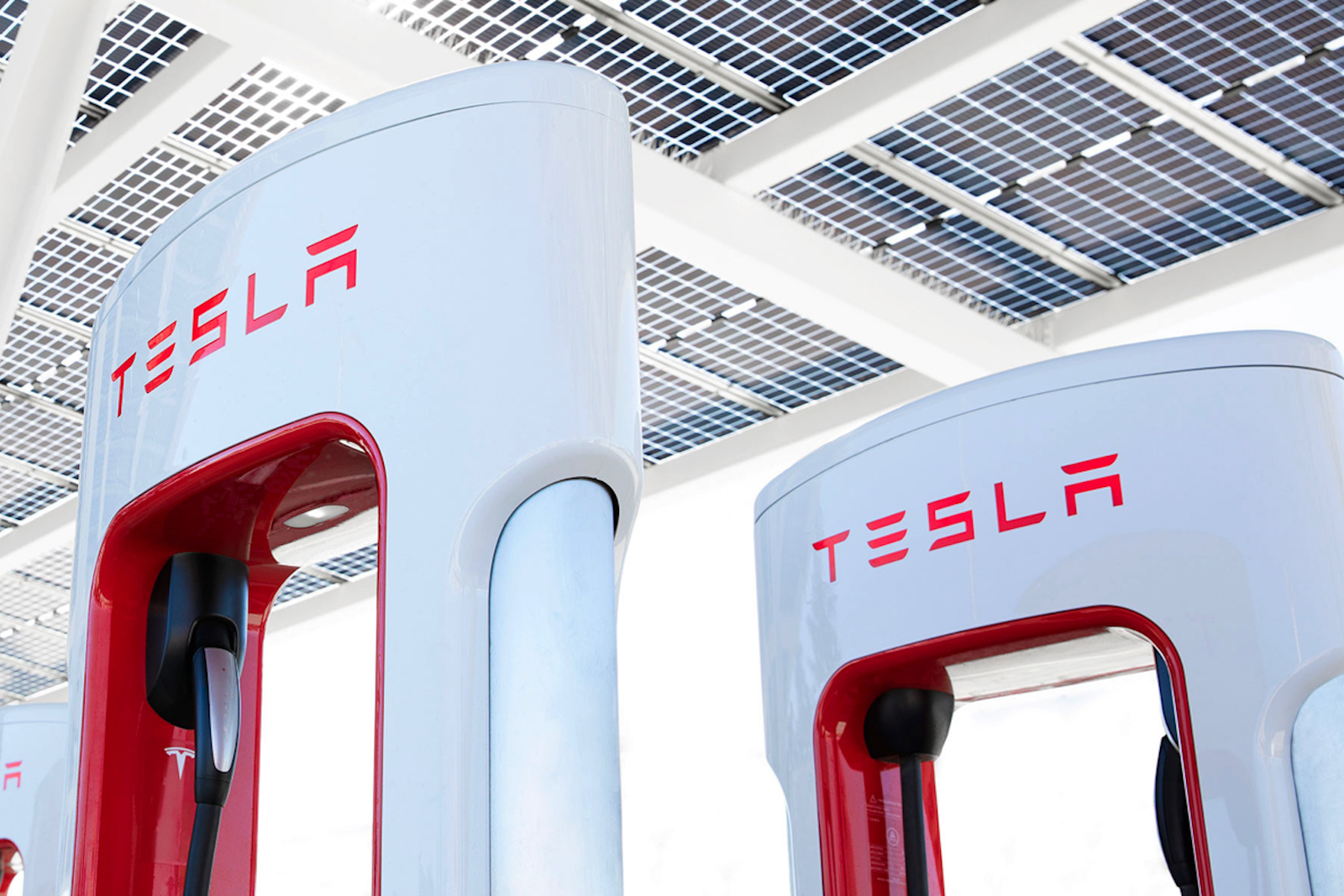Just how far an electric vehicle will actually travel on a full charge compared to what each EV maker claims is always up for debate. However, the U.S. Department of Justice appears to be taking a closer look at Tesla’s range claims.
The U.S. Department of Justice recently asked Tesla Inc. for information regarding the range of its vehicles.
The move by the DOJ was revealed in the company’s 10Q filing with the Securities & Exchange Commission last week.
“(T)he Company has received requests for information, including subpoenas from the DOJ, regarding certain matters associated with personal benefits, related parties, vehicle range and personnel decisions. To our knowledge no government agency in any ongoing investigation has concluded that any wrongdoing occurred,” the company wrote in the filing.

The actual range of a Tesla vehicle has been under scrutiny in the U.S. and other parts of the world for some time now.
At best, Tesla’s been accused of exaggerating just how far its vehicles will travel on a full charge. At worst, it’s been accused of lying about it. To be clear, similar allegations have been levied at other automakers and their electric vehicles.
However, Tesla’s claims have been subject to scrutiny in the U.S. and around the world.
Making it the distance
The world’s EV leader was sued in U.S. District Court in the Northern District of California by three Tesla owners claiming the automaker “misrepresented” the ranges of its EVs.
In the proposed class-action suit, the group claims Tesla established a Diversion Team in Nevada that intentionally cancelled driving range-related appointments when possible, because of a groundswell of complaints Tesla owners that they’re vehicles didn’t travel as far as advertised on a single charge.
The push to skirt the problem was so overt, according to Reuters, employees stood on their desks as others applauded, celebrating each cancelled appointment. Employees were monitored for their daily average of cancelled appointments as hundreds of cases were closed each week, each one saving Tesla roughly $1,000.

Three Californians sued Tesla in August over claims about just how far the vehicles will travel on a single charge.
In February 2021, automotive website Edmunds tested the range of five Tesla models, as well as other EVs. No Tesla vehicles met their purported range. In fact, Edmunds then retested the vehicles to see if they could even meet their advertised safety buffer.
“Our tests showed that there is no fixed safety buffer,” Edmunds stated. “Even allowing for the additional miles recorded after an indicated zero, only two of the six Teslas we tested would hit their EPA figures in our real-world conditions.”
Big fines in South Korea
The South Korean government hit Tesla with a $2.2 million fine in early January for failing to tell consumers the vehicles will lose some range as the temperature outside dips. The large fine is a bit of a surprise as range loss due to temperature extremes is common for electric vehicles.
The Korea Fair Trade Commission, or KFTC, said the EV maker exaggerated range estimates of its vehicles as well as “their fuel cost-effectiveness compared to gasoline vehicles as well as the performance of its Superchargers,” reported Reuters.
The agency cited the exaggerated numbers have been used on Tesla’s website since August 2019, only changing recently. The driving range of Tesla’s vehicles drop by as much as 50.5% compared to the numbers offered online, the KFTC said in a statement on Tuesday.
Tesla provides suggestions on its website on how to handle colder temperatures, including pre-conditioning the vehicles with external power sources and more. However, it fails to mention the significant loss of range.



0 Comments